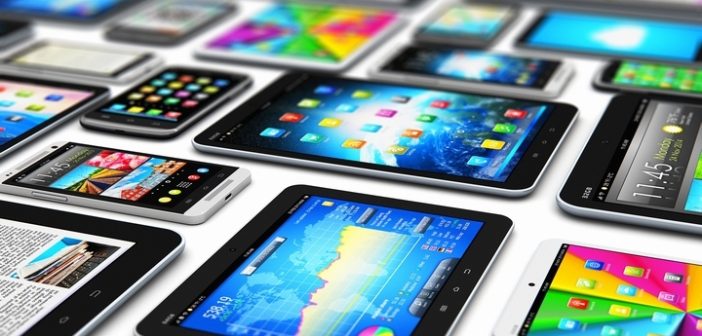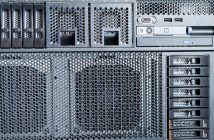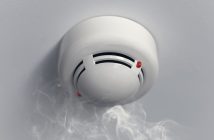We’re all familiar with the concept of the Internet and how it impacts our lives in both positive and negative ways. The Internet of Things — or IoT for short — is an extension of this concept. It is where a multitude of devices and things are capable of communicating and connecting, including sensors, appliances, and so on. In this context, the Internet of Things, including industrial IoT, provides a great many benefits, such as:
- Efficient Communication
One of the hallmarks of IoT is machine-to-machine communication. This is communication between devices without any need for human intervention. There is a sharing of data, whether it be temperature measurements or how much food is in a refrigerator, that makes communication much more efficient.
- More Data Shared
One of the great benefits of this kind of machine-to-machine communication is that we also have more data at our fingertips. For example, an industrial IoT-based network can communicate real-time data on how many of each product is in a warehouse. This negates the need for human intervention, simplifies the process of ordering more stock, and makes everything faster and more efficient.
- Accurate Monitoring
Imagine a world where all homes are connected to the Internet of Things. These smart homes could share data on temperature readings, for example. This data could be fed into a central location so that electrical companies would know where to shed power loads on extreme weather days and where to increase the power loading.
The technology for this is already here, in fact. Temperature sensors in homes can easily communicate using a machine-to-machine protocol and share temperature readings in real time. This kind of accurate data monitoring has all kinds of useful applications, including monitoring stock levels in applications of industrial IoT.
- Save a Lot of Time
All of the data sharing performed through machine-to-machine communication saves a whole lot of time too. In fact, ongoing data sharing such as this negates the need for people to do it themselves. Not only does this create efficiencies of time that didn’t exist previously but it also saves on labour costs too.
- Quality of Life
The Internet of Things can also vastly improve the quality of life of many people around the world. For example, simple devices embedded in nursing homes can make the day-to-day life of elderly and sick people a lot better.
In this scenario, multiple devices can monitor food levels, temperature, the health and vital signs of numerous people, and more. As all of this data is shared and easily accessible, action can be taken quickly to mitigate risks and improve the experience of everyone in this environment.
Conclusion
The Internet of Things is an extension of what we know of as the Internet. Just as human-to-machine communication defines the way that we interact with the technology of the Internet, it is machine-to-machine communication that defines what the Internet of Things is and what it is capable of.




